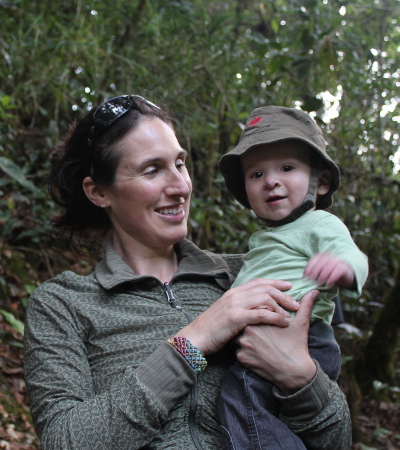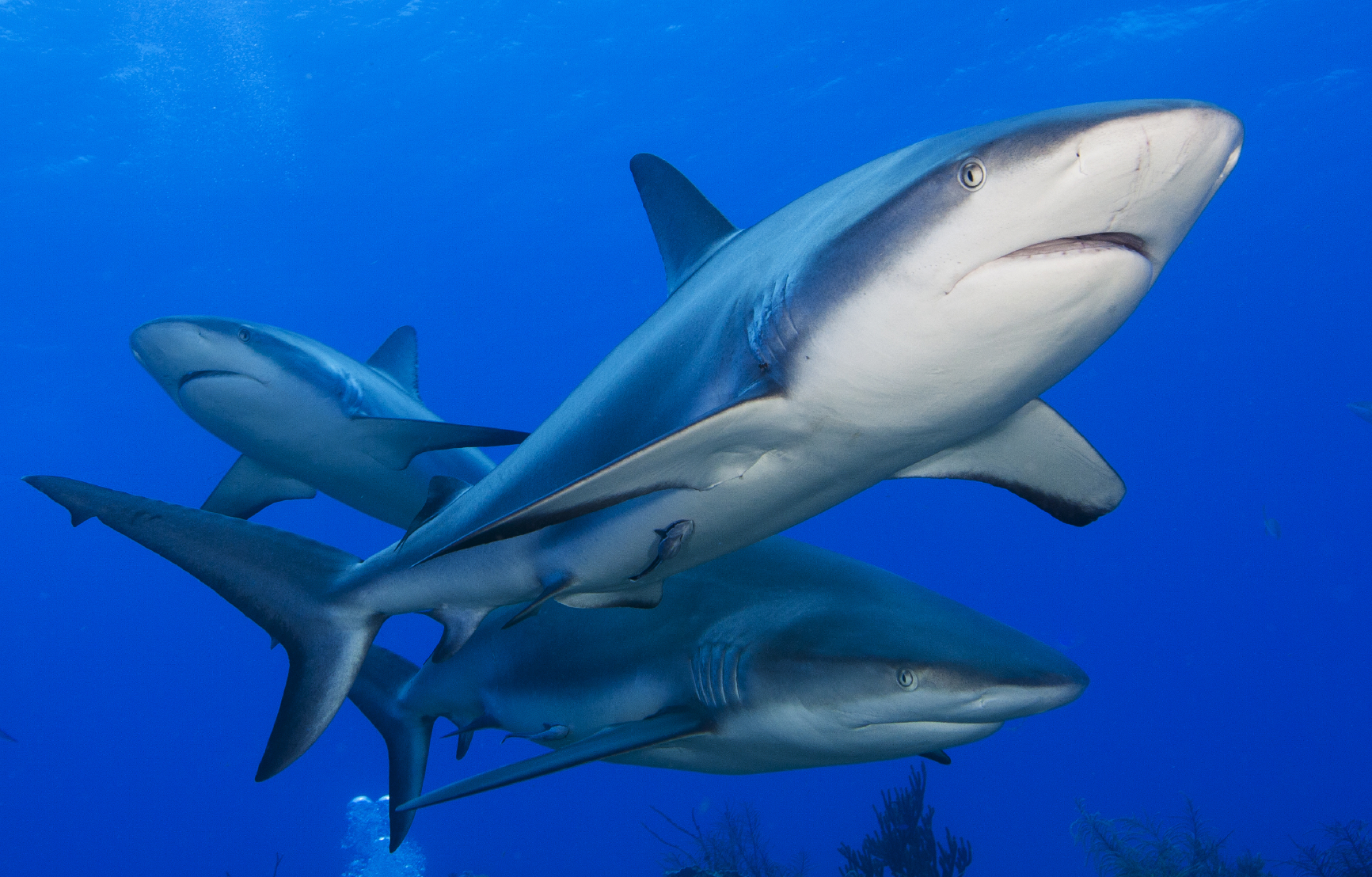Investigating shark sanctuaries’ effectiveness in protecting and rebuilding shark populations
The strategy: Evaluation and synthesis of observations made by marine resource users, focusing on experienced scuba divers, in Exclusive Economic Zones, with dive tourism that (i) have existing shark sanctuaries, (ii) proposed shark sanctuaries, and (iii) selected control sites for comparison. Focal countries (so far) include: Palau, Maldives, Honduras, Bahamas, Marshall Islands, French Polynesia, Cook Islands, New Caledonia, British Virgin Islands, Thailand, and Fiji.
Background:
Around the world, targeted fisheries and bycatch have reduced numerous shark populations to a fraction of their natural abundance, leaving nearly one third of sharks, with enough information to evaluate conservation status, vulnerable to extinction (IUCN.org). Recognizing these threats, there is momentum to improve shark conservation efforts. Since 2009, nine shark sanctuaries have been designated around the world, and more have been proposed.
Sanctuaries that protect all shark species of all age classes, should, in theory, promote population recovery. However, the success of a sanctuary in rebuilding shark populations is complicated by shark biology and human use patterns. For example, many sharks are highly mobile and, depending on the species’ home range relative to the size of the sanctuary, risk being caught if they move beyond the boundary of the sanctuary. Since shark products still hold value outside the sanctuary in international markets, effective monitoring and enforcement of the sanctuary regulations to prevent illegal harvest is required. Also, fishing in the sanctuary for other species may threaten sharks caught as bycatch or trapped in abandoned fishing gear. Further complicating the picture is that sharks often require site-specific habitats for certain life-stages, such as for feeding, mating, cleaning and nurseries. Protecting and preserving these areas is not currently a requirement of sanctuaries, perhaps because this level of information is not readily available in most cases. Therefore, degradation of essential habitat may limit the capacity of populations to rebound.
Despite these possible barriers, the recent momentum of shark sanctuary implementation suggests their potential for shark conservation. However, there is a paucity of baseline and monitoring data that can be used to evaluate the success of sanctuaries for protecting and rebuilding shark populations. Furthermore, since sharks can take years to reach sexual maturity and often have low fecundity, it may take years or even decades before population increases are noticeable. Similarly, since recovery times are expected to be long, it is essential to use the best available data to promptly identify any issues that may inhibit recovery and to adjust regulations accordingly. Therefore, acquiring a contemporary snapshot of shark population status and trends, and human use patterns is an important first step in discovering the potential value of shark sanctuaries for shark conservation.

PRINCIPAL INVESTIGATOR
Christine Ward-Paige
Postdoctoral Fellow
Dalhousie University
Email: globalshark@gmail.com
Phone: 902-494-2478
SUPERVISORS
Boris Worm (Dalhousie University)
TYPE/STATUS OF PROJECT
Scientific research (In progress)
Contact Information
Principal Investigator
Boris WormProfessor
Dalhousie University
Phone: +1 902-494-2478
Email: bworm@dal.ca

